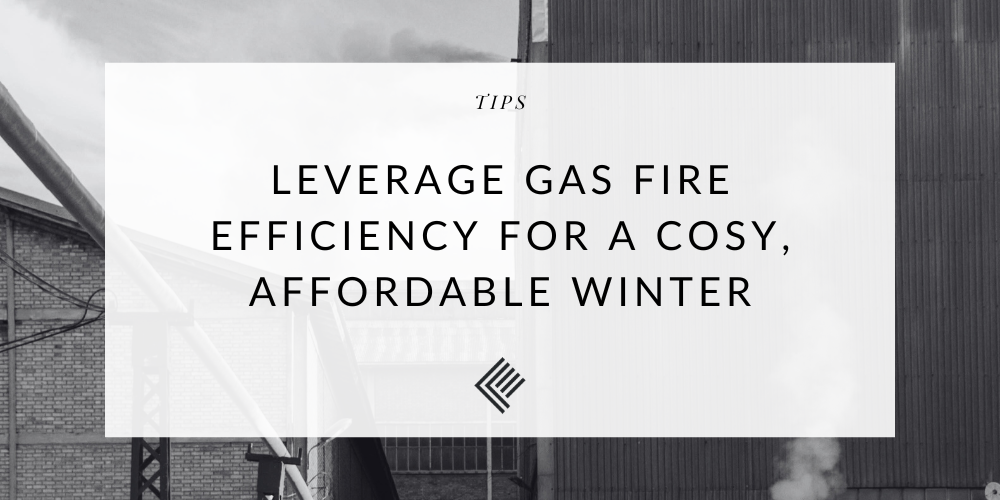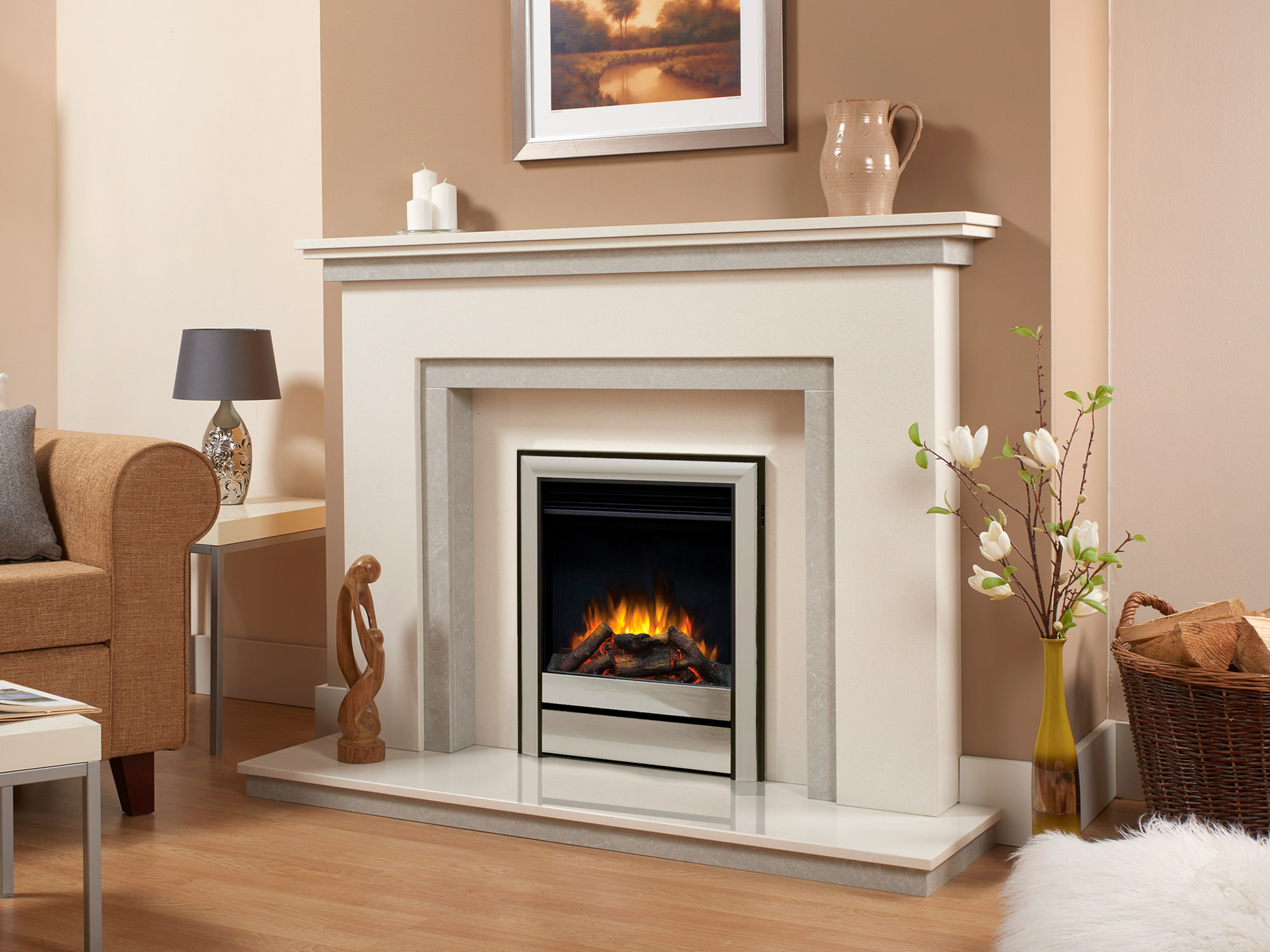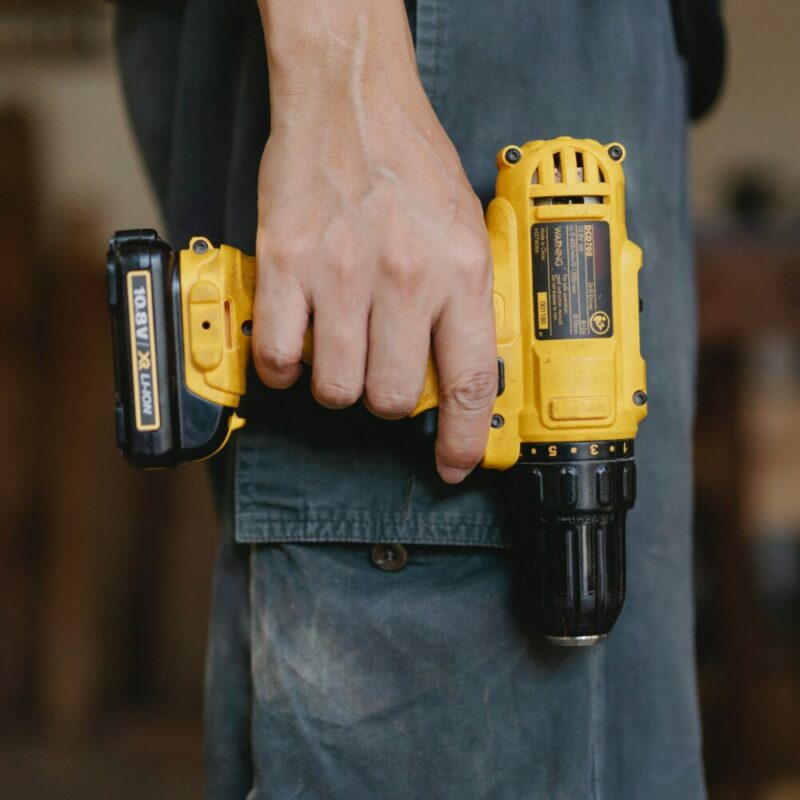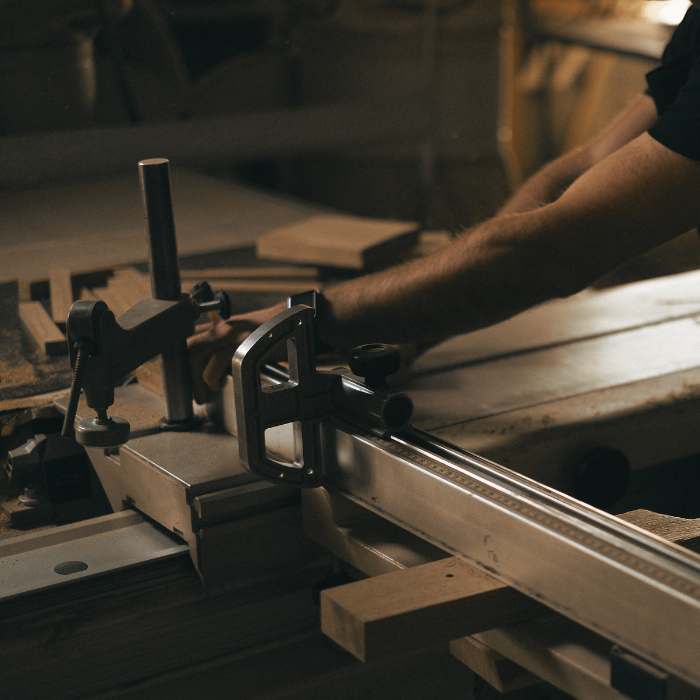
Table of Contents
Winter will soon be again extending its icy fingers over the horizon. As the mornings turn crisp and frost begins to decorate the grass, we all start to unpack our winter closets and look to the cold, black fireplace for a cosy, crackling fire to warm our nights or to our central heating to keep things warm. When winter hits, you want to be prepared for the freezing temperatures that it brings with it, but you also need to be prepared for the bills that come along with central heating and the environmental concerns that come along with using a wood-burning fireplace. This is where gas fire efficiency comes into play.
If you’re looking for heating solutions this winter, ones that are practical, cost-effective, and still aesthetically pleasing, you need to consider how installing energy-efficient gas fires could change heating in your home. Let’s explore the details a little bit.
What Are the Benefits of Gas Fires?
Aesthetic Value
When it comes to heating, it is true that nothing can beat the aesthetic value of a fire burning away in the fireplace. Having a fire in the room with you adds an element of cosiness to your home that absolutely nothing else can achieve. After all, humans have gathered around flames for 3 or 400,000 years now to ward off the perils that the dark and cold bring and to be together telling stories and enjoying the company of others.
A gas fire suite offers you that classic fireplace experience, just minus the effort, cost, and environmental concern of having to collect and burn firewood, enhancing the gas fire efficiency while providing aesthetic value. There are so many designs to choose from that there’s no doubt you’ll find something just right for the look of your home.
Gas Fire Efficiency
Winter heating costs can very easily pile up and leave you in the lurch, financially speaking. In some parts of the world, it is absolutely essential to have heating in your home each winter, but it doesn’t have to cost you an arm and a leg. When home insulation on its own isn’t enough, a gas fireplace will deliver the warmth you need at a price point that is reasonable, thanks to superior gas fire efficiency. The units themselves are far more cost-effective than a wood-burning fireplace, as is the installation. The running costs of a gas fireplace can often come in at around a fourth of the cost of maintaining and stocking a wood-burning fireplace. Who wouldn’t want to save that much money?
As of Jan 2024, the unit rate for gas is 7p/kWh for direct debit customers. If you’re looking for a way to work out how much this would cost you over the course of a month, you can use the following equation:
(Heat input kW) x (Gas price per kWh)= the cost to run your fire per hour.
(Cost per hour) X (Hours per month)= Your full monthly cost.
Improved Heat Distribution
A gas fire burns at a predetermined level all day and all night. The heat that emanates from your fireplace will be constant and consistent without you having to stoke or top it up, a testament to gas fire efficiency. This consistent heat will reach all through your house if you have fireplaces in the right locations and keep your home at a consistent temperature when they’re in use.
Convenience
When it’s pouring buckets, or there is knee-deep snow on the ground, nobody wants to put on boots and a coat to head outside and collect firewood. A gas fireplace will leap to life at the touch of a button, showcasing the convenience and gas fire efficiency that modern units offer. There’s no smoke, so a blocked chimney will never leave your house smelling like a BBQ, and you won’t have to clean it out on a daily basis.
Safety
The sparks that are common in wood-burning fireplaces are not a problem with an energy-efficient gas fire. Having a fire in the fireplace can be wonderful, but it’s something you have to keep an eye on at all times, especially if you have young children, pets, or a carpeted home. Having a gas fire in your home won’t be a problem if you’re asthmatic or have respiratory issues. You can rest easy knowing you’ve done everything you can to keep your home safely heated when the cold comes knocking.
What Are The Environmental Implications?
As human beings inhabiting and stewarding this planet, we have a responsibility to ourselves, future generations, and the planet itself to do the most we can to keep our homes healthy and functioning well. We like to convince ourselves that burning wood is climate-neutral. That may have been the case thousands of years ago when humanity was far less prolific than it is now.
It takes a long time for forests to re-grow and absorb all the carbon dioxide that burning wood releases. Danish research projects indicate that burning wood in our homes also releases a large amount of soot into the atmosphere. Soot released contributes to the blackening of Arctic snow and contributes to melt rates that are rapidly increasing.
Natural gas, the kind that burns in your gas fireplace, is a fossil fuel like wood and coal. However, gas fire efficiency means significantly fewer pollutants and greenhouse gases. When you burn a gas fireplace, you release significantly fewer pollutants and greenhouse gases than when burning its counterparts. Gas releases 45% less carbon dioxide than coal, and it releases 30% less than oil and 15% less than burning wood.
What natural gas does release is heat, water vapour, and a manageable quantity of carbon dioxide. If you want to know how to save energy and bills in one go, this is it! If you can make a difference, you must, and choosing an energy-saving gas fire will make a difference.
What is the Average Gas Fire Efficiency?
The average efficiency of a gas fire typically ranges from around 70% to 90%. However, this can vary based on the manufacturer and model of the gas fire. Todays modern, glass fronted, high-efficiency gas fires, can achieve efficiencies closer to the upper end of this range, providing amazing gas fire efficiency. On the other hand, older models and those with open fronts may have lower efficiencies, closer to the lower end of the range.
When selecting a gas fire for your home, it’s crucial to consider the gas fire efficiency to ensure you’re making a cost-effective and environmentally-friendly choice. High-efficiency models not only provide more heat output but also help to reduce energy costs and minimize environmental impact. By opting for a model with superior gas fire efficiency, you can enjoy a cosy, warm home throughout the winter while keeping your energy bills manageable and contributing to a greener planet.
Choosing Your Gas Fire Type
There are a number of things to consider when choosing a gas fire. Some considerations will be aesthetic, some will be practical (as in what your home will allow for), and some will be financial, as some models and installations are more or less costly than others. These are the different options that are likely to be available to you, a little bit of information about each one.
Conventional Flue Gas Fires
If you already have a flue, this is a great option. This kind of fire works by pulling air from the area around the fire and combining it with draft air coming through the flue. This combination of air draws products of combustion out through the flue and chimney. This kind of fire is available in an open-front or glass-front model. So this offers you a little flexibility.
Balanced Flue Gas Fires
This kind of fire makes use of a concentric flue at the back or top of the fire to connect it to the air outside. Outside air is pulled in for combustion and products of combustion are pushed out through the flue. Balanced flue gas fires are designed to maintain indoor air quality by not depleting the oxygen in your home, further enhancing gas fire efficiency.
Flueless Gas Fires
If you do not have a flue in your home and do not want to install one, this is the way to go. If you choose this kind of fire, be aware that the room the fire will be in will need to have adequate ventilation. The gases released into the room are clean but will still need to be expelled in an air exchange with the outside. Some flueless fires may have built-in catalytic converters to manage the products of combustion.
LPG Gas Fires
If your home is not connected to a main gas supply, you’ll need one of these fires. A Liquid Petroleum Gas fire will require a gas source inside the home and uses a different burner system to the other kinds of fires. Be sure you understand which kind of gas to use as burning the wrong kind could be disastrous.
Choosing Your Gas Fire Model
These are the models you’ll get to choose from when installing your high-efficiency gas fire.
Inset Gas Fires
This is the most commonly used gas fire. They integrate seamlessly with existing fireplaces and there are a lot of design options to choose from.
Outset Gas Fires
This kind of fireplace is not built into the wall (as the name implies), so you don’t need to have one already. If you’re looking for a gas fire mainly for heating purposes and if you have a large space, this is an excellent option to choose as it offers great heat distribution.
Hole-In-The-Wall Gas Fires
This kind of fire is very sleek and contemporary and is built completely into the wall. They don’t need any hearth and don’t protrude into your space, so they are a great choice if you do not have a lot of spare room. This would likely sit higher up on a wall than a traditional fireplace. The modern and clean aesthetic that this kind of model brings makes it an excellent choice for a modern home.
Clean, Efficient, Beautiful
The biggest energy-saving tip you could know for this winter is to get yourself a gas fireplace. We’ve shared the environmental, practical, financial, and aesthetic reasons for getting a gas fireplace so you have all the information you could ever need at your fingertips. All that remains now is for you to choose a service provider, select the model you like best, and have it installed. You can look forward to countless hours spent playing board games, having a glass of wine, watching your favourite TV show, or reading a good book in front of your new gas fireplace. Get ready to save on heating bills and do your part to look after our planet this winter, thanks to modern gas fire efficiency.











